Manuka or Raw Honey: Which Sweetener Shines More?
Manuka honey stands out in the sweet world of natural remedies with its distinctive properties and origin.
Golden substances come from the nectar of New Zealand's native tea tree, making it quite different from regular raw honey.
Many health enthusiasts prize manuka for its reported antibacterial qualities that exceed those found in common varieties.
The price tag reflects these special characteristics, often costing several times more than standard raw honey options.
Some people use both types as natural sweeteners, while others specifically seek manuka for therapeutic purposes.
Raw honey maintains its own loyal following due to its accessibility and versatility in everyday use.
Want to know which type might be better suited for your specific needs? The following comparison will help you understand the key differences between these two beloved honey varieties.
Exploring Honey
Honey is a natural sweet substance produced by bees from the nectar of flowers. It has been treasured for thousands of years, not only as a sweetener but also for its medicinal properties and versatility in cooking.
The texture can range from runny to thick and crystallized, with flavors that vary widely depending on the floral source.
There are over 300 honey varieties worldwide, each with unique flavors and colors based on the flowers visited by bees.
Popular types include:
Also, honey ranks among the oldest natural remedies with thousands of years of use as both food and medicine.
This golden liquid from bees delivers numerous health benefits for anyone looking to boost their wellness routine.
Today, we’ll explore raw and Manuka honey in more detail.
What Is Manuka Honey and Why Is It Expensive?
Manuka honey is made only by bees that pollinate the manuka bush, which grows in limited areas of New Zealand and Australia. This honey isn’t just sweet; it contains special compounds you won’t find in other honeys, giving it impressive health benefits that science has confirmed.
Australia also produces manuka honey, but some comes from related plants like Jellybush and Golden tea trees. Some manuka honey is 100% raw, meaning it hasn’t been heated or processed, while others undergo some processing depending on the brand.
Manuka plants grow only in limited areas, so the honey is rare and unique. Plus, it contains special antibacterial compounds like methylglyoxal (MGO) and hydrogen peroxide, which come from bee enzymes.
These give manuka honey powerful health benefits against harmful bacteria.
Because of these benefits, manuka honey is rated with a Unique Manuka Factor (UMF) on packaging, which shows its antibacterial strength.
Understanding these ratings will help you pick the best manuka honey for your needs.
What are Manuka Honey Signature Compounds?
UMF (Unique Manuka Factor) indicates the antibacterial strength of manuka honey, measured by its methylglyoxal (MGO) content. Higher UMF and MGO levels mean stronger antibacterial benefits.
Before selling, manuka honey must be tested and certified for its MGO and UMF levels to ensure authenticity and effectiveness.
Use this table as a quick guide to select the right manuka honey based on your health needs!
| MGO Level | UMF Rating | Uses | Purpose |
| 115+ | 6+ | Internal and External | Daily general health |
| 200+ | 8+ | Internal and External | Daily general health |
| 263+ | 10+ | Internal and External | Medicinal |
| 573+ | 16+ | Internal and External | Strong medicinal |
| 850+ | 20+ | Internal and External | Strong medicinal |
| 950+ | 22+ | Internal and External | Strong medicinal |
How About Raw Honey?
Raw honey is honey that is unprocessed and unheated, meaning it’s taken straight from the hive and strained to remove impurities like beeswax and debris but not pasteurized or filtered extensively.
Raw honey often has a thicker texture, may crystallize faster, and can contain tiny bits of pollen and propolis, which contribute to its natural health benefits.
This golden substance works well as a natural sweetener in tea, on toast, or drizzled over yogurt.
However, when you're shopping, check labels carefully since some products labeled as "pure" may still undergo processing that removes beneficial compounds.
Health Benefits of Raw Honey
Because it’s not heated or heavily processed, raw honey retains all its natural enzymes, antioxidants, vitamins, and minerals, making it richer in nutrients and beneficial compounds compared to regular processed honey.
Raw honey keeps most of its natural goodness, including over 30 minerals, 22 amino acids, vitamins, proteins, and enzymes. It also has 4.3 times more antioxidants than processed honey.
Thanks to these nutrients, raw honey helps fight bacteria and can support your body against illnesses, from minor issues like sore throats and allergies to serious conditions like cancer and heart disease.
Comparing Manuka and Raw Honey
Manuka honey and raw honey both have their unique qualities. When comparing these two popular options, several key differences stand out.
This table shows brief comparison between raw and Manuka honey; check it out!
| Feature | Manuka Honey | Raw Honey |
| Texture & Color | Darker, thicker, varies by UMF level | Golden/amber, may be cloudy; crystallizes faster |
| Flavor | Earthy, slightly bitter, floral notes | Varies by flower source; mild to bold |
| Testing | Certified for UMF/MGO antibacterial levels | Unprocessed, no certification |
| Health Benefits | Strong antibacterial, great for skin and immunity | Natural enzymes and antioxidants, milder benefits |
| Health Risks | Not for infants under 18 months; may affect some meds | Not for infants under 18 months; possible allergies |
| Availability | Limited to NZ/Australia; pricey | More available; cheaper when direct from farms |
| Price | Expensive due to rarity and testing | More affordable |
Texture & Color
Manuka honey typically has a darker, richer color ranging from deep amber to tan, which often correlates with its UMF (Unique Manuka Factor) rating. It’s usually thicker and creamier than regular honey, with a smooth texture that resists crystallization longer.
In contrast, raw honey has a golden or amber hue but is often less clear and can appear cloudy due to the presence of natural pollen, beeswax, and other tiny particles. Raw honey crystallizes more quickly, leading to a grainier, rougher texture that some people find less appealing, but this is a natural sign of its purity.
Flavor
Manuka honey has a distinct, bold flavor profile: earthy, slightly bitter, and mineral-rich with subtle floral undertones. Its taste intensity often increases with higher UMF levels, which reflect its antibacterial potency.
Raw honey’s flavor is more variable since it depends entirely on the nectar source collected by bees. It can range from mild and sweet (like clover honey) to fruity, spicy, or robust (like buckwheat or wildflower honeys).
This diversity makes raw honey a versatile option for different palates and culinary uses.
Experiment Level
Manuka honey undergoes strict testing to measure its Unique Manuka Factor (UMF) and methylglyoxal (MGO) levels, which certify its antibacterial strength and authenticity. This rigorous quality control is key to its reputation as a medicinal honey.
Raw honey, by contrast, is typically unprocessed and untested beyond basic purity checks. There’s no standardized certification for raw honey, so quality and antibacterial properties can vary significantly depending on the source and handling.
Health Benefits
Manuka honey is celebrated for its potent antibacterial and anti-inflammatory effects, largely due to its high MGO content. It’s widely used in wound healing, skincare, and to boost immune function, making it a popular natural remedy for various health concerns.
Raw honey also contains beneficial enzymes, antioxidants, vitamins, and minerals, supporting digestion and providing mild antibacterial action. While raw honey offers general wellness benefits, it usually has less concentrated medicinal properties compared to Manuka honey.
Health Risks
Both types of honey share common safety concerns. Neither should be given to infants under 18 months old due to the risk of infant botulism from bacterial spores.
Manuka honey’s strong antibacterial properties may also interfere with certain medications, such as chemotherapy drugs, so consulting a doctor before use is recommended.
Raw honey can sometimes trigger allergic reactions in sensitive individuals because it contains pollen and bee-related particles, which are usually removed in processed honeys.
Availability And Price
Manuka honey is rare and mainly harvested in specific regions of New Zealand and parts of Australia. This limited supply, combined with rigorous testing and growing global demand, makes Manuka honey quite expensive and often sold through specialty retailers or online.
Raw honey is generally more accessible worldwide, especially when purchased directly from local beekeepers or farmers’ markets.
Perfect Ways to Enjoy Manuka & Raw Honey
Manuka and raw honey can add flavor to your diets, offering natural health benefits. Here are some best ways to enjoy them.
Manuka Honey
Raw Honey
How To Keep Honey Fresh
Storing honey correctly doesn't need to be complicated, no matter which type you have. From manuka to raw varieties, the process is easy to follow.
The right approach simply depends on your household needs and how often you enjoy this natural sweetener in your daily routine.
At Room Temperature
Store honey in a glass jar or keep it in its original container - just make sure it’s sealed and not damaged. Choose a dry, cool spot, ideally between 50°F and 70°F (10°C to 20°C). Avoid heat and direct sunlight, as they can damage the honey.
If stored well, Manuka honey can stay good for around 3 years, even past its “best-by” date. Raw honey usually lasts about 2 years with proper care. Some people believe honey can last indefinitely if kept sealed and away from moisture and bacteria.
In The Refrigerator
You can refrigerate honey to keep it longer, but it tends to crystallize and become hard to spread when cold. If that happens, simply warm the honey back to liquid:
In The Freezer
Freezing honey prevents crystallization, but it expands when frozen, so use a larger container. You can freeze honey in ice cube trays for easy portioning; once frozen, transfer the cubes to an airtight bag and label with the date.
To thaw, leave honey cubes at room temperature to melt naturally. Avoid microwaving or heating on the stove, as this can damage the honey’s quality.
Got Questions? We’ve Got Solutions
1. Is manuka honey healthier than raw honey?
Both are healthy options. Manuka honey has higher antibacterial properties due to its unique methylglyoxal (MGO) content, making it better for medicinal uses. Raw honey retains more natural enzymes and antioxidants since it's unprocessed.
2. Which honey is better for treating wounds?
Manuka honey is superior for wound healing due to its stronger antibacterial properties. It's even used in medical-grade dressings and has been shown to help with infections that don't respond to antibiotics.
3. Why is manuka honey more expensive?
Manuka honey costs more because it's only produced when bees pollinate the Leptospermum scoparium plant in New Zealand and parts of Australia. It's also tested for its unique compounds and medicinal properties, adding to production costs.
4. Can I substitute raw honey for manuka honey in recipes?
Yes! Raw honey works perfectly in recipes calling for manuka honey. Save the pricier manuka for medicinal uses or special applications where its unique properties matter most.

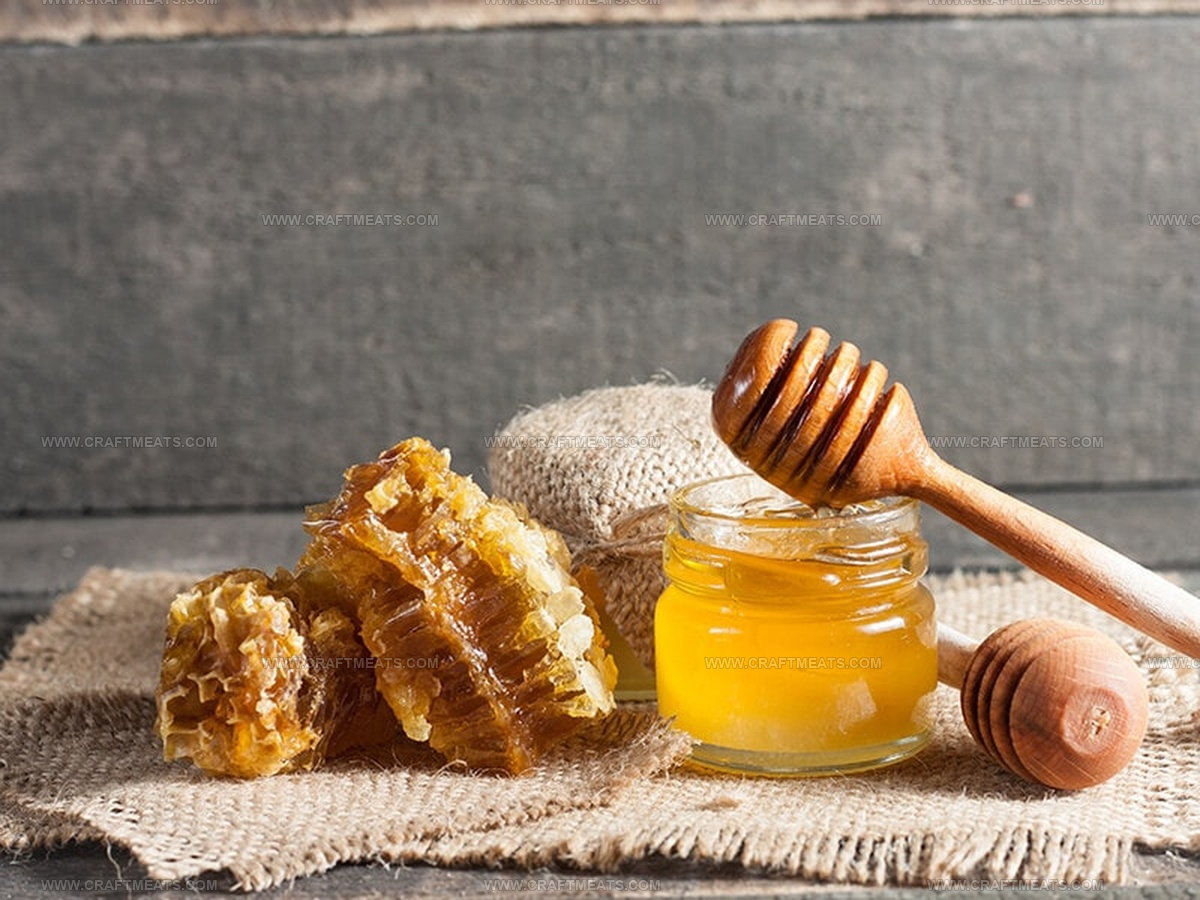

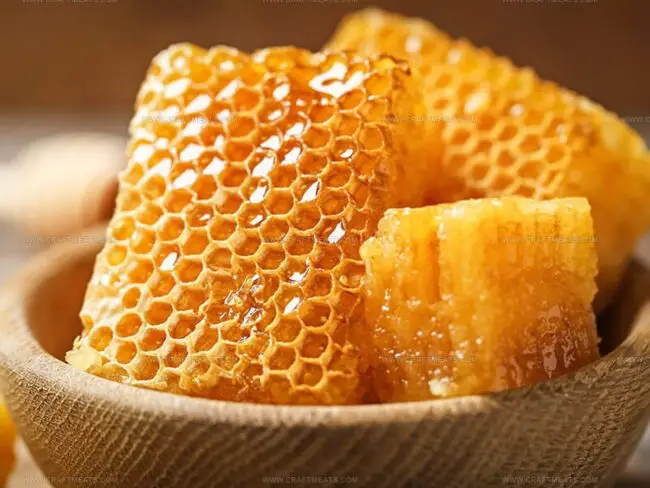
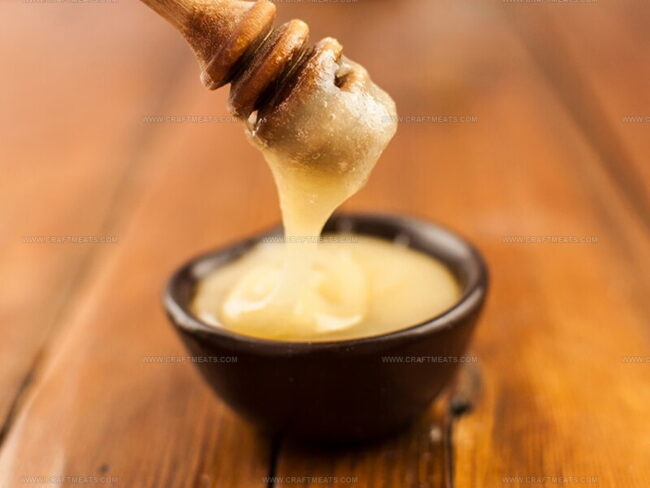
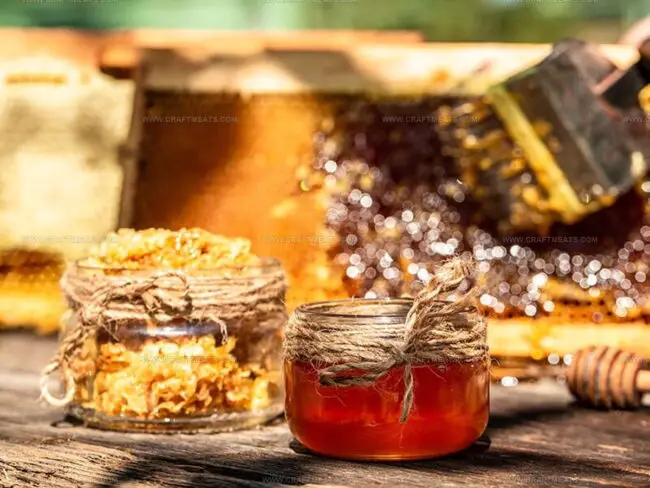
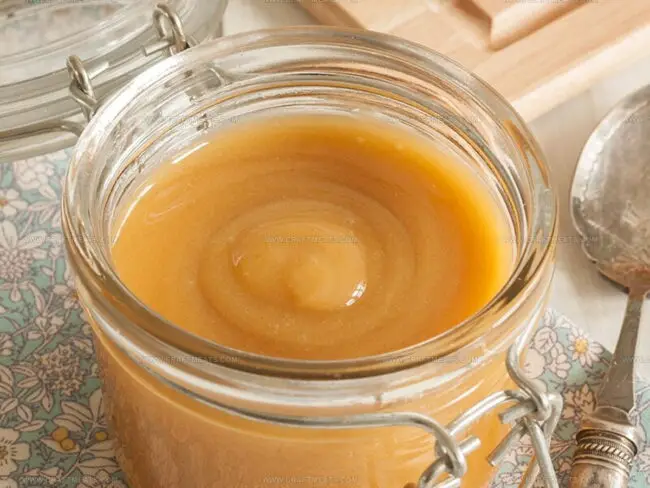
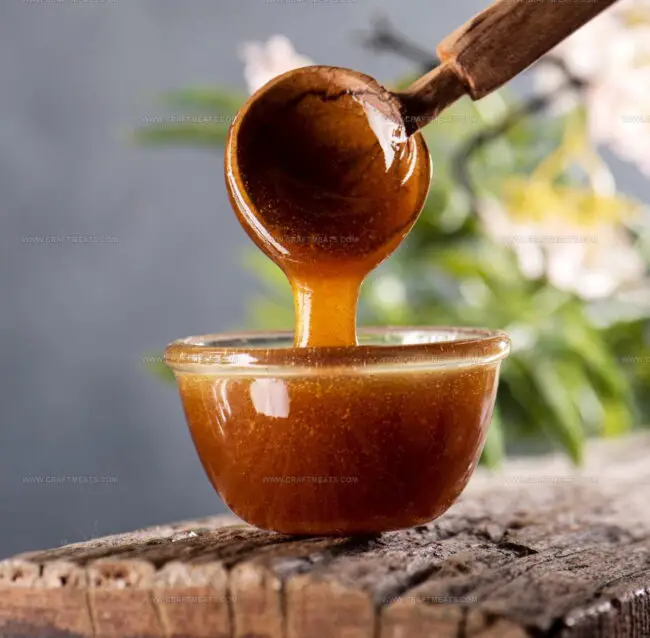
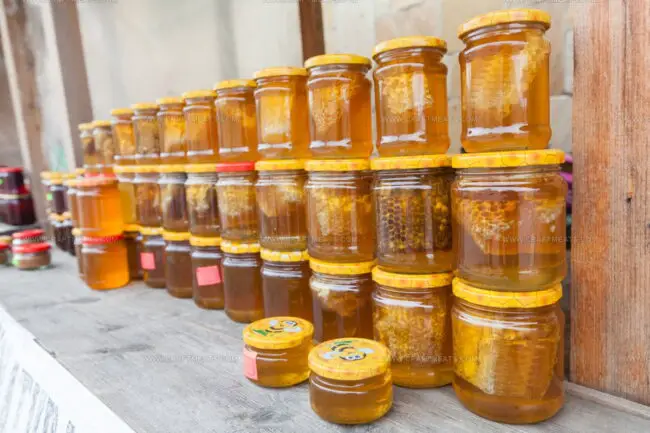
Liam O’Sullivan
Founder & Culinary Content Creator
Expertise
Recipe Development, Traditional Irish and European Cuisines, Food Styling and Photography, Culinary Education
Education
Dublin Institute of Technology (DIT) – School of Culinary Arts and Food Technology
Ballymaloe Cookery School
Isabella brings a global spark to the Craft Meats table. Born in Florence and trained at the Apicius International School of Hospitality, she blends classic Italian flavor with modern writing that’s easy to follow and hard to forget.
Her additional training at the Italian Chef Academy fueled her love for well-crafted dishes, especially ones that spotlight beautiful cuts of meat.
She’s a food writer with heart, and a deep love for storytelling through single recipes. Her goal? To help you cook with more confidence and a little more joy, no matter where you start.